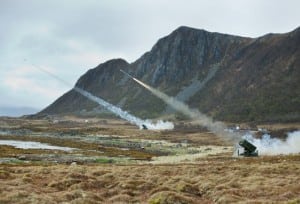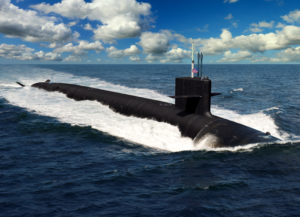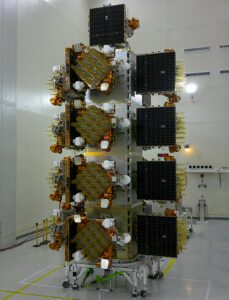
U.S. Transportation Command will likely leverage artificial intelligence (AI) to enable autonomous logistics in the years ahead, U.S. Air Force Gen. Jacqueline Van Ovost, the head of the command, said on June 6. "I think the future for autonomous capabilities in logistics is wide open," she told a Brookings Institution virtual forum. "I think about, in the future, do we need to have a crew in an air refueling airplane or an aircraft that's just carrying cargo? The future is…













